The opening of the Marlborough Gallery on 57th Street in New York City took place on 9th September 1975. It was the Gallery that Richard Avedon had carefully chosen to exhibit the works of the past three decades and on whose design project had worked hard in the months leading up to the opening, with the aim of asserting the value of his own artistic oeuvre in a time in history in which photography certainly did not carry the weight it does today. It was not until 1967 that an exhibition held at Moma titled “New Documents” had celebrated photographers of the caliber of Diane Arbus, Lee Friedlander, and Garry Winogrand, but the title of the exhibition made clear how the role of photography was still relegated to reportage, the depiction of familiar images, or any practical purpose other than recognizing in all respects its artistic role. The public, however, was far ahead of how the institutions saw this medium, and this was clear on that very early autumn evening, when more than three thousand people flocked to the Marlborough’s opening, pushing their way into the crush of a place that could accommodate far fewer, to witness the event in which Dick – as Avedon was called by his friends – had put all the creativity that had always characterized him. The environment was relaxed and all the people who mattered were present, it was a melting pot that looked like something out of the pages of a Jay McInerney book, where people from completely different backgrounds chatted serenely exchanging views on the works on display.
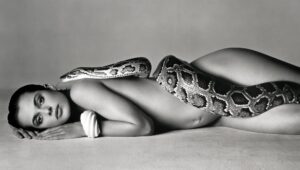
Richard Avedon, “Nastassja Kinski”, Los Angeles, California, 14 June 1981. Courtesy Richard Avedon Foundation
This feeling is the same one could find when looking at the carousel of images presented in the exhibition Richard Avedon. Relationships at the Palazzo Reale in Milan. The images of the characters shot by Avedon stand out on white backgrounds, defining with their leaden-hued silhouettes the space in which they are placed. These ones dialogue with each other and with the images by Avedon himself, scattered throughout the various rooms, as if the old friends had met again at the same opening in 1975. The skillful lighting of the environments makes the viewer penetrate into a half-light from which the photos on display emerge brightly, a game that gives even more prominence to the already intense faces of the protagonists. The characters are always portrayed with unconventional expressions that highlight the deepest essence of their souls, bringing out all their interiority, fragility or charisma. Humphrey Bogart thus loses his swaggering allure and he is immortalized with a disarming expression, emphasized by the wrinkles that veil his intense face. Marilyn Monroe strikes a brooding, insecure pose, far distant from the smiling, seductive images we are accustomed at seeing. Michelangelo Antonioni, who poses next to his wife Enrica, appears smiling, looking confidently toward the camera that frames him, but with his hand intertwined with that of his companion at his side. It is an unmistakable image that reveals how his status at that moment, so proud and serene, depended on the role of his wife, with whom he had a long artistic partnership and who was instrumental in allowing him to continue making films after the severe stroke that struck him. The characters emerge from their clothes, shaping their spatiality and making absolutely superfluous any other scenic trappings or elements of clothing.
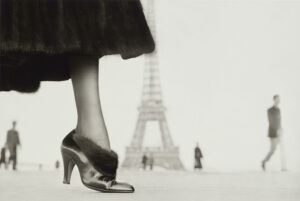
Richard Avedon, “Shoe by Perugia”, Place du Trocadéro, Paris, August 1948. Courtesy Richard Avedon Foundation
Avedon had a special sensitivity in identifying those little interrupted pieces that lodge in each of his subjects, and after all, life had tempered him in this regard. He was Jewish, had been educated at a school in the Bronx, and his career had taken off after he had been the photographer of the Merchant Marine, where he took hundreds of photos of the papers of the newly enlisted sailors. After having left the Navy, he began working with magazines such as Harper’s Bazaar and Vogue working alongside Diana Vreeland, fashion editor of the first named magazine, quintessence of elegance and style. In this early part of his career, around the Sixties, he had focused particularly on images that were elegant and that highlighted the clothes of the designers to whom the shoots were dedicated to, innovating his work with images that left the viewer speechless. “This was no accident” witnessed Donatella Versace, who had worked with Avedon for years and had herself become a forerunner testimonial for the family brand. In the film-interview screened during the exhibition, in fact, Versace highlights how Avedon intervened in every choice that preceded the photo shooting: the make-up, the models’ hairstyles, everything in order to make the narrative staged coherent from an artistic, chromatic, scenography and spatial point of view.
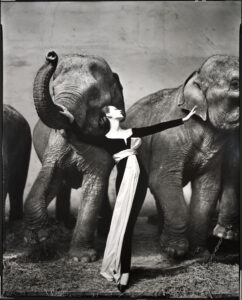
Richard Avedon, “Dovima with elephants evening dress by Dior Cirque d’Hiver”, Paris, August, 1955. Courtesy Richard Avedon Foundation
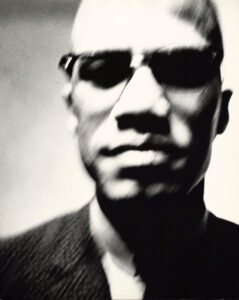
Richard Avedon, “Malcom X, Black Nationalist leader”, New York, 27 March 1963. Courtesy Richard Avedon Foundation
In the photo Dovima with elephants, Dior evening gown, Cirque d’Hiver, Paris, 1955, characterized by the imaginative set design and the model’s suppleness, one can sense the obvious feeling created with one of the women with whom he collaborated with the longest. Dovima described their relationship “like that of two Siamese siblings” and the iconic image of their partnership from those years devoted to fashion will ensure to the posterity an exclusive role for this great friendship. Avedon used to say that charm was “the ability to be truly interested in others”. He totally possessed this trait which was made explicit during the shooting in talking with the subjects he would have photographed, empathizing and putting them at ease, understanding their ideas, torments and fears. This made him, in spite of an initial distrust of the press and the critics, a true undisputed artist.
Info:
Richard Avedon, Richard Avedon. Relationships
22/09/2022 – 29/01/2023
Palazzo Reale
Piazza del Duomo 12, Milano
palazzorealemilano.it
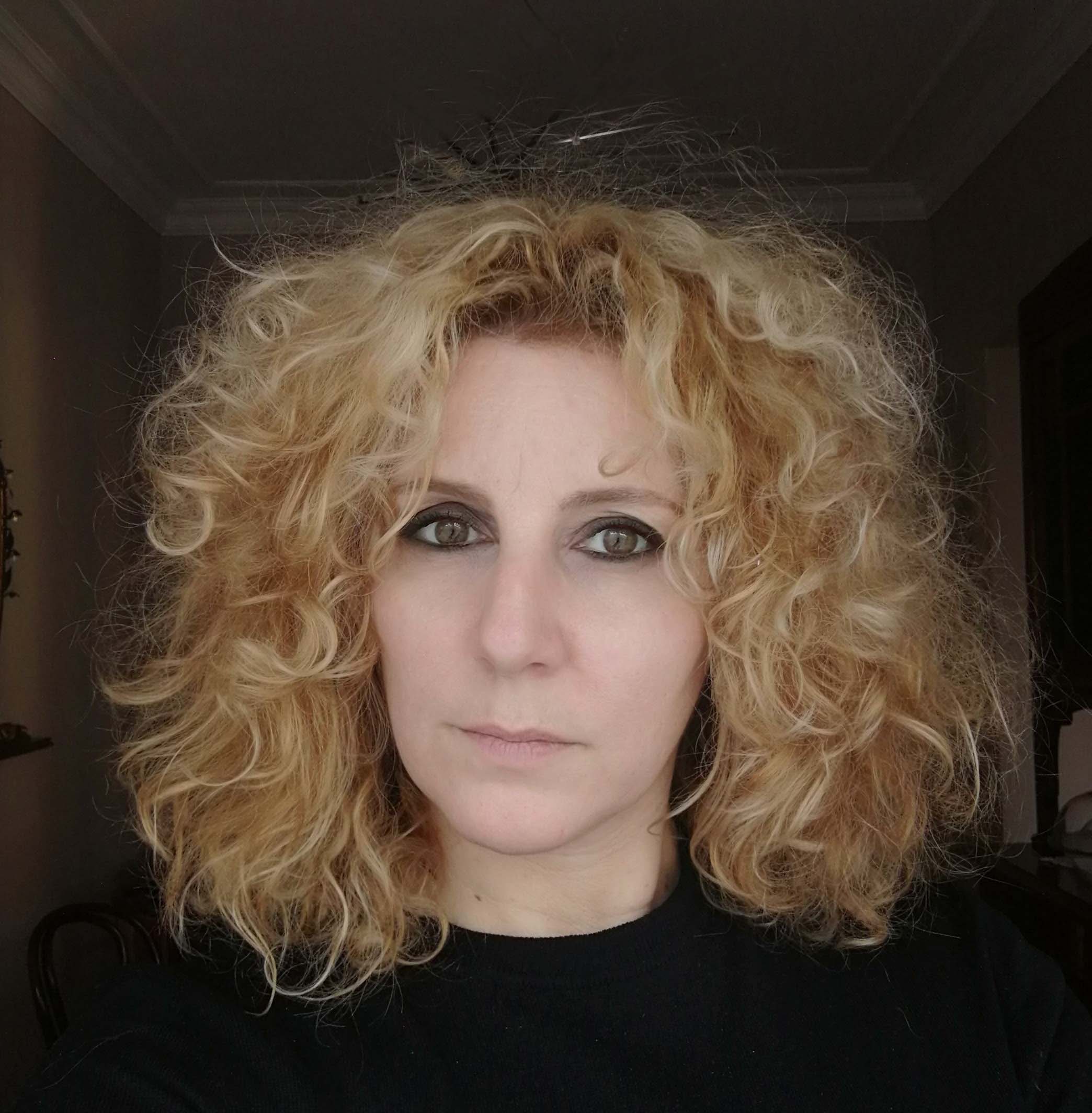
Globetrotter, passionate about literature, lover of art and photography. I never leave for a trip without taking with me a book by an author of the place where I will go. I have dreamed of moving to Paris for years and sooner or later I will!






NO COMMENT